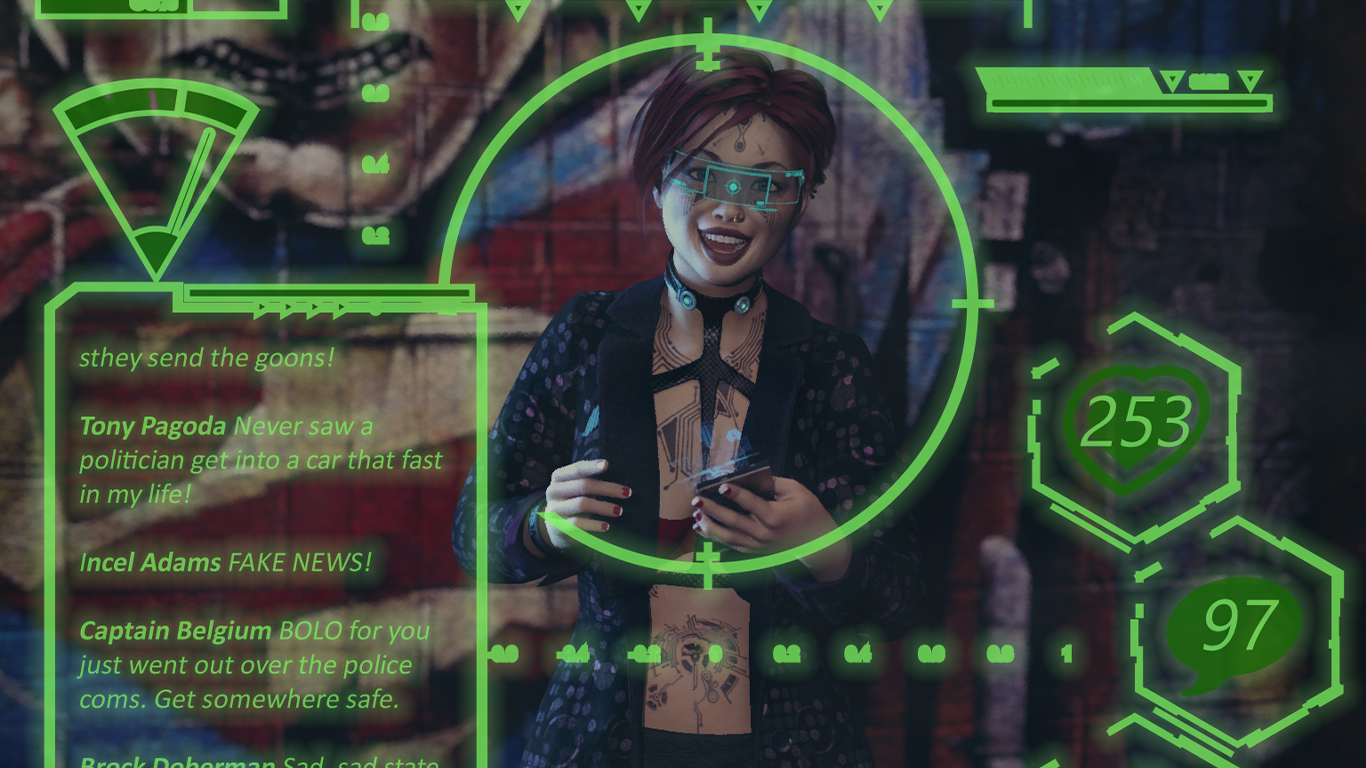We may earn money or products from the companies mentioned in this post.
As I mentioned at the end of last week’s blog, now that I’ve got the character sheet all figured out (again), the other big part of the Cinemechanix rules that aren’t really working for me are the combat rules. It’s not that they’re broken, it’s just they work like most RPG combat rules, which is to say that they’re not especially cinematic. Players and NPCs hit each other with pointy sticks or bullets or whatever until one of them takes enough damage to die. Whether it’s interesting or not is entirely in the hands of the players and the GM. If you want to do a cool trick, you’ve usually got to use special rules that are hard to remember. Also, while fancy stunts can often be fun to describe and liven up combat, their effects are often less geared towards eliminating the bad guy than just hitting him with a stick. Since getting rid of the bad guy is usually the main goal in RPG combat, players tend to choose good old-fashioned and reliable stick hitting over less effective and more complicated combat stunts. And since there are only so many ways to describe hitting someone with your stick, combat gets repetitive fast.
One problem with RPG combat is my old foe, abstraction vs. detail. On the outer edge of the abstraction end of the spectrum, the die rolls simply describe the ebb and flow of combat. The die rolls don’t have any real correlation to details of the fight beyond what the players and GM describe. You won. How did you win? You lost. Here’s how you lost. While this gives players free reign over what happens during the combat scene and can work well with players who are good at improvising and working together to keep everything making sense, the gap between the die rolls and the descriptions can make the rules seem meaningless. It’s kind of like a video game where you randomly mash the buttons and occasionally your guy does something cool but you have no idea why. You’re not really making any decisions that affect the outcome, regardless of how much control you take over describing the roll.
On the detail end of things, more correlation between the die rolls and the on-screen action requires more complicated game rules. Only instead of having to learn which combination of buttons to push to do a backflip, you’ve got to learn a rule new and probably do more complex math than you’d have to do if you just hit him with your stick. On the extreme end of the detail side of the spectrum, you get into facing rules and femoral artery integrity checks that tend to bring the story to a grinding halt while the GM tries to remember how to use a scientific calculator.
Another problem with RPG combat it’s usually about attrition: You win the battle by hitting the other guy until he runs out of hit points or wound levels or vigor or whatever a particular game calls it. Games that try to present an alternatives usually fall into two camps. The first consists of (often highly random) instant kill options that work great for NPCs but are too deadly for PCs unless you’re playing a game like Paranoia where frequent character death doesn’t kill the continuity of the story. The other option is a more story game type system where the characters are more or less immortal but losing a battle has other consequences to the story. I have two major complaints about this kind of system: (1) At this level of abstraction, you might as well just save time on combat rolls and resolve the battle with a single die roll; (2) Since losing a battle should always have consequences (otherwise there’s no reason to include the battle), making consequences the cost of losing doesn’t really accomplish anything. It makes it feel like there are no stakes to the fight scene. It’s kind of a like a Die Hard movie where Bruce Willis never bleeds and his shirt stays clean.
So, I’ve got (at least) three starting goals for trying to revamp combat:
- Find the right level of abstraction so die rolls and player decisions feel meaningful without introducing complexity that kills the momentum.
- Try to make cool combat stunts at least as (and preferably more) effective than hitting the other guy with a stick
- Try to find alternatives to combat by attrition that don’t involve highly random death or combat without stakes. Barring that, at least look into options for making attrition more closely model dramatic pacing in action movies.
It shouldn’t surprise you that I’ve got some ideas. I’ll talk about them in more detail next time.






